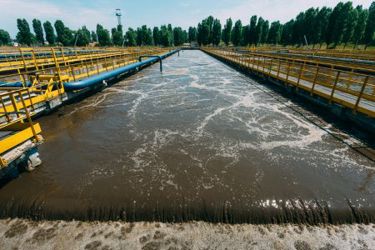Impact Of Real-Time NH3-N Monitoring In Wastewater Treatment Plants

In this report, we show that real-time monitoring of ammonia (NH₃) and nitrogen (N) in wastewater treatment plants (WWTPs) can be a game-changer for optimizing treatment performance and energy efficiency.
By continuously tracking ammonia and related nitrogen levels, operators can dynamically adjust aeration in response to actual conditions. Key benefits include significant energy savings (often 15–30% less energy usage), improved process stability, and more consistent compliance with effluent ammonia limits.
Plants that implemented ammonia-based aeration control have reported up to 20–45% reductions in aeration energy consumption while maintaining or improving effluent quality. This translates into lower operating costs and reduced carbon dioxide (CO₂) emissions. Real-time data also helps prevent harmful ammonia spikes by ensuring timely aeration adjustments, thereby protecting aquatic environments and meeting strict discharge permits.
Get unlimited access to:
Enter your credentials below to log in. Not yet a member of Water Online? Subscribe today.
